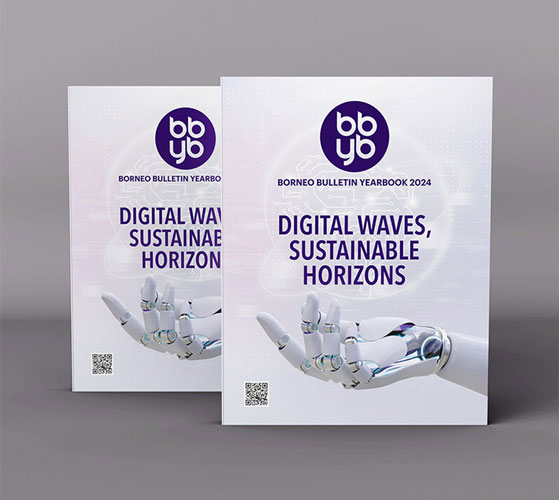Azlan Othman Southeast Asia’s reliance on fossil fuels to meet rising demand for energy is proving to be a significant vulnerability in today’s energy crisis. Meeting energy security and emissions goals will require the region to make major efforts to improve energy efficiency, accelerate renewable power generation and switch to low emissions fuels, according to






